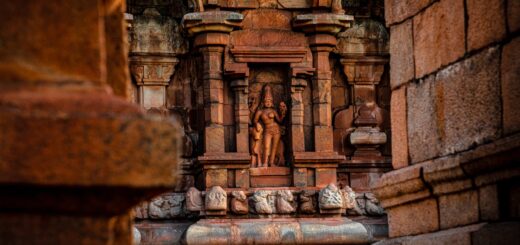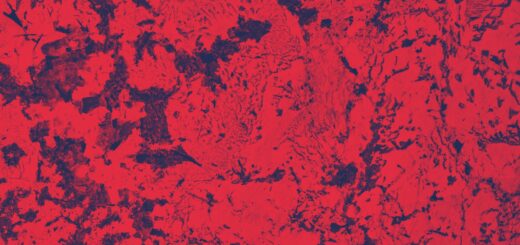The Psychedelic Art: A Distinctive Journey into the Depths of Expression and Creativity
Psychedelia stands as one of the most distinctive and riveting movements in art and culture, bridging the divide between individual expression and collective subjective experience. A crucial catalyst to this aesthetic revolution has been the intrinsic link between psychedelics and art. Since the 1960s, artists have explored and channeled the hallucinogenic effects of such substances into their works, reflecting a radical shift in societal attitudes and a transformation in the visual elements of art.
A singular trip under the influence of psychedelics — be it LSD, psilocybin mushrooms, or mescaline — can create a kaleidoscope of visual experiences. Such experiences range from the subtle to the radical, from enhanced colors and patterns to full-blown hallucinations and dream-like scenarios. Renowned scientist and discoverer of LSD, Albert Hofmann, eloquently described psychedelic visual experiences as being “outside the bounds of our normal, everyday perception…images are seen which can possess a mythical or religious significance.”
In the realm of artistic expression, this translates into a profound shift in representation, a blending of the conscious and subconscious, the tangible and intangible. Psychedelic art encompasses both the surrealist movement’s exploration of the subconscious mind and the abstract aesthetics. Artists such as Pablo Amaringo and Mati Klarwein portrayed surreal, peculiar worlds that seemingly sprung from their deepest mind states, heavily influenced by their personal explorations with psychedelics.
Visionary artists like Alex Grey have indeed carved a niche for themselves in modern art, morphing ordinary landscapes into transcendental realities. The birth of this ‘visionary’ genre is, in no small part, due to the creativity stimulated by the use of psychedelics. Grey’s artworks, with their intricate designs and intense imagery, accurately depict the hallucinatory state induced by psychedelic substances, making the viewer part of the artist’s mind-altering experience.
Psychedelic art has also found its footing in the music and entertainment industry. The iconic album covers of bands like The Beatles, The Grateful Dead, and Pink Floyd were splashy affairs of swirling colours and labyrinthine imagery, capturing the essence of the counterculture. Psychedelia has also woven itself into the fabric of music festivals, acting as a backdrop for mind-expanding auditory experiences.
Beyond music, it also finds application in poster artwork, fashion, graphic design, and even furniture. The explosion of colour and often intricate patterning associated with this style is immediately recognizable and distinct. These expressions drove (and continue to influence) ‘counterculture’, the likes of which can still be witnessed at gatherings such as Burning Man.
While the direct association between psychedelics and creativity is constantly under scrutiny, several studies like the one by the Johns Hopkins School of Medicine underscore the enduring effects of these substances on one’s imagination and output. According to these findings, contributors reported long-term increases in their levels of creativity and open-mindedness post a controlled session with psilocybin, a psychedelic substance.
Given the historical stigma surrounding psychedelics, the focus on their potential benefits and their influence on art and creativity is a refreshing change. The psychedelic influence in art not only marries the abstract with the surreal and visionary but also provides a platform for pushing from traditional norms and provokes viewers to think beyond the boundaries of their consciousness.
In essence, psychedelic art stands as a testimony to the profound interplay between the human brain and the world of visual aesthetics — a testament to the boundless potential of human creativity and its ability to transform reality into a multitude of colourful, if not hallucinatory, expressions.


